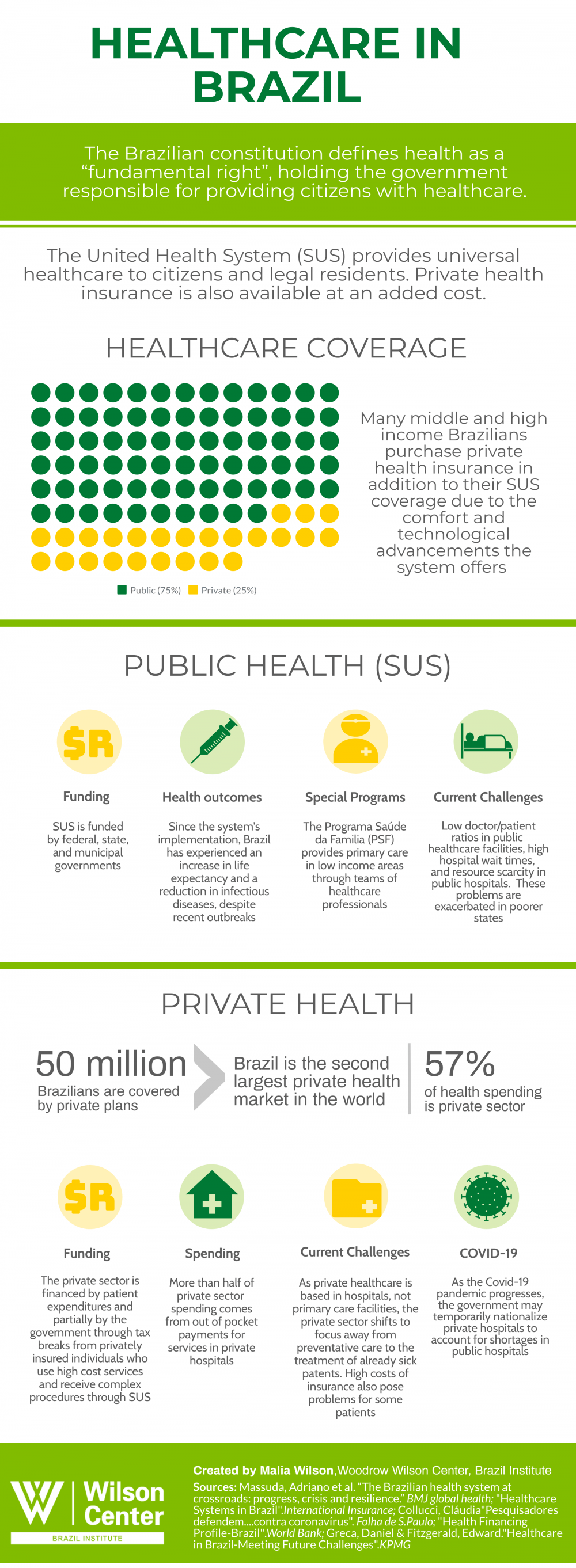The weekend edition of The Wall Street Journal has an article that discusses some of the reasons to invest in Brazilian banks now. The following are some of the key points from the article and also from Banco Central Do Brasil:
- Outstanding mortgages amount to just 3% of GDP compared to 18% in China and 72% in the U.S.
- IMF’s projects a GDP growth of 7.1% this year
- About 22 million people have joined the middle-class bringing the total middle-class in the country to more than 50% of the population
- Retailers try to push consumer goods such as appliances to the middle-class on monthly installment plans thus boosting credit growth
- Compared to the U.S. unemployment rate of 9.6% as of June this year, Brazil’s unemployment rate is just 7%
- Public-sector debt is about 40% of GDP
- The average capital-adequacy ratio of Brazilian banks is 18.3% as of March this year compared to 10% in China and 14.4% in U.S.
- P/E ratios of large banks such as Itau Unibanco Banco Holding(ITUB), Banco Bradesco(BBD) and Banco Santander (Brasil)(BSBR) look attractive compared to other emerging market banks
- Credit growth continues to rise for both the corporate and personal sectors with consumer lending experiencing a stronger increase
- Retail sales of vehicles, motorcycles and consumer goods is increasing at a steady pace
The three Brazil bank ADRs that trade in the U.S. markets are:Â Banco Bradesco(BBD), Itau Unibanco Banco Holding(ITUB) and Banco Santander SA (Brasil)(BSBR). Banco Bradesco issued a 10% stock dividend last month. Another 10% stock dividend was issued in January this year. Both Bradesco and Itau Unibanco pay a small monthly cash dividend. For investors looking to gain exposure to other Brazilian banks and financial-sector related companies, the recently launched Global X Brazil Financials ETF (BRAF) offers a simple and easy way to invest in them.


